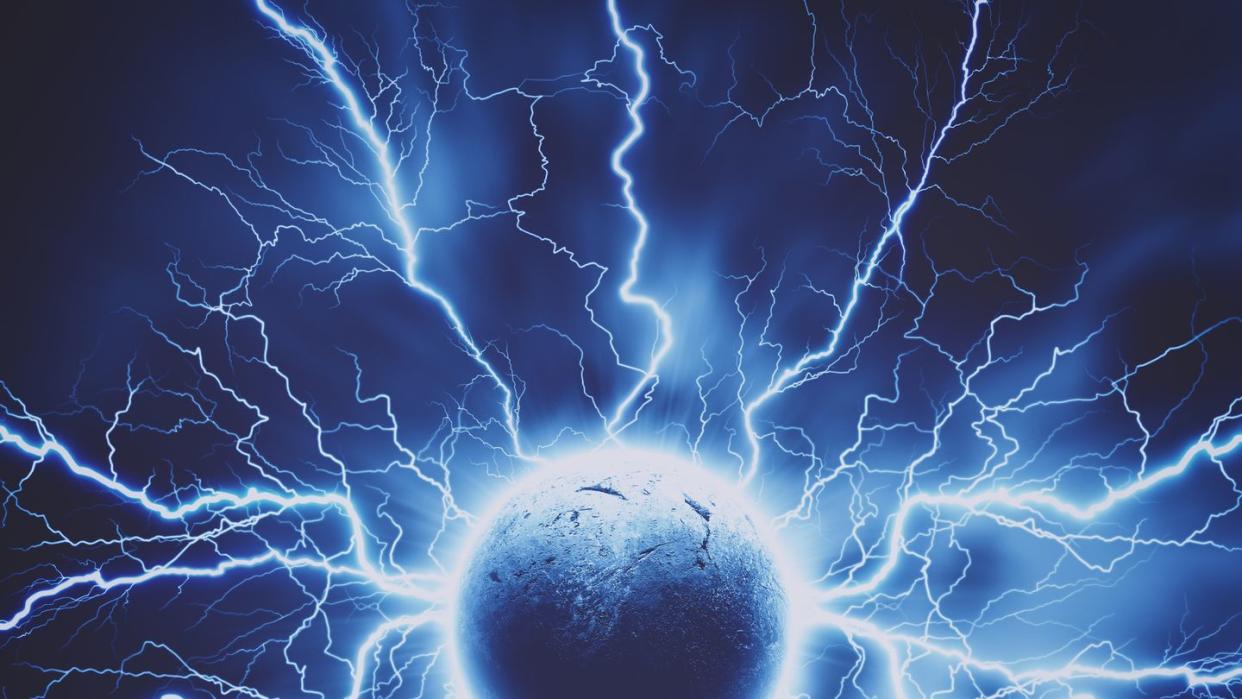A Metal Block and a Beam Could Finally Unveil the Universe’s Hidden Particles

While the Standard Model, which explains particle physics, does a great job explaining the universe, there are still many mysteries that need solving.
Questions involving dark matter, antimatter, and other phenomena appear to suggest that there are still weakly interacting particles waiting to be discovered.
CERN’s new Search for Hidden Particles (SHiP) project aims to do just that by exploring the intensity frontier using a high-intensity proton beam, a solid block of metal, and some extremely sensitive sensors.
When the European Council for Nuclear Research discovered evidence of the theoretical Higgs boson in 2012, everything seemed to click into place. Without the boson and its accompanying field, all life in the universe would be impossible — the standard model appeared complete.
“But then we realized it couldn’t be,” Leiden University physicist Alexey Boyarsky said in a press statement. Boyarsky is part of a massive, decade-long effort called the Search for Hidden Particles (SHiP) collaboration that’s designed to search for the concealed secrets of particle physics. In mid-April, CERN officially gave the project the go ahead. “You see, we observe things that should be impossible according to the standard model. That’s not something you can ignore.”
These “impossible” observations can be broadly arranged in three categories: dark matter, neutrinos, and antimatter. First, where is it? Second, why does it have mass? And third, why is there less of it than matter. To answer these questions means delving deeper into the world of particle physics, and that’s where SHiP comes in.
With construction slated to begin in 2027 and the hopes of collecting data around 2030, the project will be a broad search for weakly interacting particles, which can include such hypothetical particles as dark photons, axions and axion-like particles, heavy neutral leptons and many others. Detecting these particles would be hugely important because, as it stands now, the Standard Model of Physics only accounts for roughly 5 percent of matter in the known universe.
“The approval of SHiP marks a new era in the search for hidden sector particles,” the Imperial College of London’s Andrey Golutvin said in a press statement. “SHiP has the unique possibility to solve several of the major problems of Standard Model of particle physics and we have the prospect of discovering particles that have never been seen before.”
Like many things at CERN, this experiment involves firing protons superfast, having them crash into something, and examine the results. In this particular iteration of a particle physics car crash, a high-intensity proton beam will be shot from CERN’s Super Proton Synchrotron (SPS)—the second largest accelerator at CERN that often pre-accelerates particles for the Large Hadron Collider (LHC).
Once it hits a fixed target (aka a large metal block), the resulting crash will produce a variety of particles, including charm mesons — a kind of hadronic subatomic particle — as well as photons. The design of the project will also include a magnet system for eliminating background noise (removing muons) while long-lived particles will be examined “through both visible decays and through scattering signatures from recoil of electrons or nuclei,” according to CERN.
This new experiment will hopefully increase potential interactions by 1,000 times compared to what’s possible at LHC. While existing CERN facility focus on the energy frontier, when relatively heavy particles collide and decay into (hopefully) unknown particles, this project explores the “intensity frontier,” which uses precision measurements to analyze quantum effects — both are equally vital to understanding the subatomic world that makes reality possible.
“There is another type of experiment that could give us the answers we are looking for, but it has never been pursued,” Boyarsky said in a press statement. “I believe we have an equal chance of finding the missing physics at each of these frontiers.”
You Might Also Like


